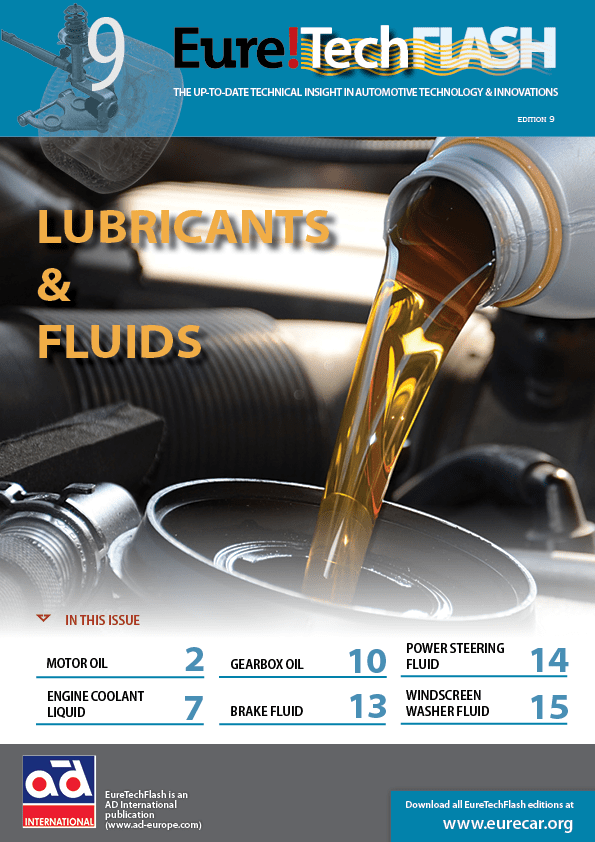Ride Control: Tires
08.05.2024
The tyre is a component with a toroidal shape and made from rubber, which is used on the wheels of a variety of vehicles and machinery. It consists of a mainly rubber covering containing air which supports the vehicle and its load.
Today, most passenger vehicle tyres, as well as those on lorries, are radials and therefore composed of an elastic tyre tread, a practically inextensible belt and a radially oriented arch structure over an inflated membrane and some beads, also inextensible, which are coupled to another rigid element which is the rim. There is another type of tyre known as the diagonal or bias-ply tyre, used mainly in lorries.
Download file




